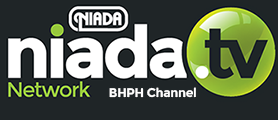NABD - BHPHWhy Should You Join?Joining the NABD online community gives you access to Buy Here, Pay Here presentations by leading industry experts, interaction among 14,000 members on BHPH message boards, latest industry news, and up-to-date Buy Here, Pay Here training event information. Sign up for FREE! The National Alliance of Buy Here, Pay Here Dealers (NABD) is an association focusing exclusively on the needs of the BHPH industry and is dedicated to improving the quality of BHPH dealers through education, ongoing training, and by promoting the interests of self-finance dealers nationwide. |
Contact Us |
















